Peppers contain high levels of vitamins A, C, and E and most varieties include the minerals iron and potassium. Refrigerate unwashed in a refrigerator hydrator drawer for 1-2 weeks. Eating them raw, added to a veggie tray, sliced in a salad, or as part of a favorite sandwich, will give you the most nutritional benefits. They are easy to freeze: wash and dry thoroughly, cut into bite-size pieces and place in zip-lock freezer bags. Remember they soften when thawed, so take out only the amount you need.
Did you know?
- Since bell peppers have seeds and come from flowering plants, they are actually fruits, not vegetables.
- The bell pepper tops the list of foods with the highest levels of Vitamin C. A large red pepper provides more than 300% of your daily requirement of the nutrient; and has three times more Vitamin C than an orange.
- Red bell peppers are simply green bell peppers that have been left on the vine to continue to ripen.
- Bell peppers originated from Mexico, and Central and South America. The Spanish and Portuguese explorers were instrumental in spreading cultivation when they introduced the bell pepper to different parts of the world during their voyages in the 16th and 17th centuries.
- Some peppers are hot and spicy; others are sweet. The best way to cool your mouth after eating a spicy pepper is to drink milk. The proteins in milk bind with the capsaicin (the heat-producing compounds) in peppers and wash them away.
- Pahl Farms grows approximately 40 acres of assorted Peppers, primarily Bell Peppers, annually.
- Pahl Farms grows over 15 varieties of Peppers.
- Pahl Farms seeds over 400,000 peppers in the greenhouse around the third week of March and then transplants to the fields when the soil and air temperatures are warm enough.




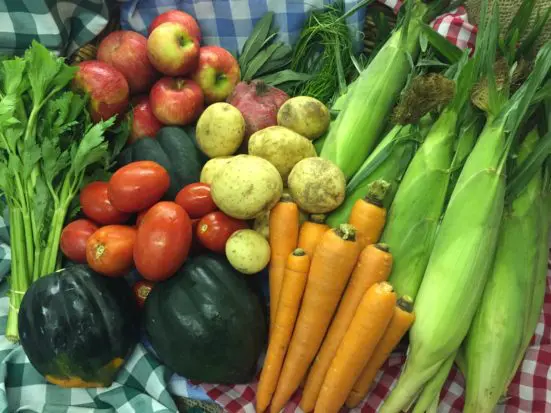
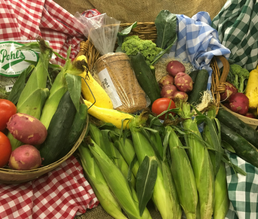

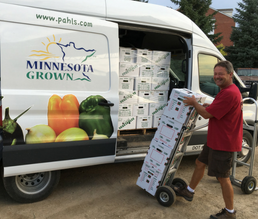










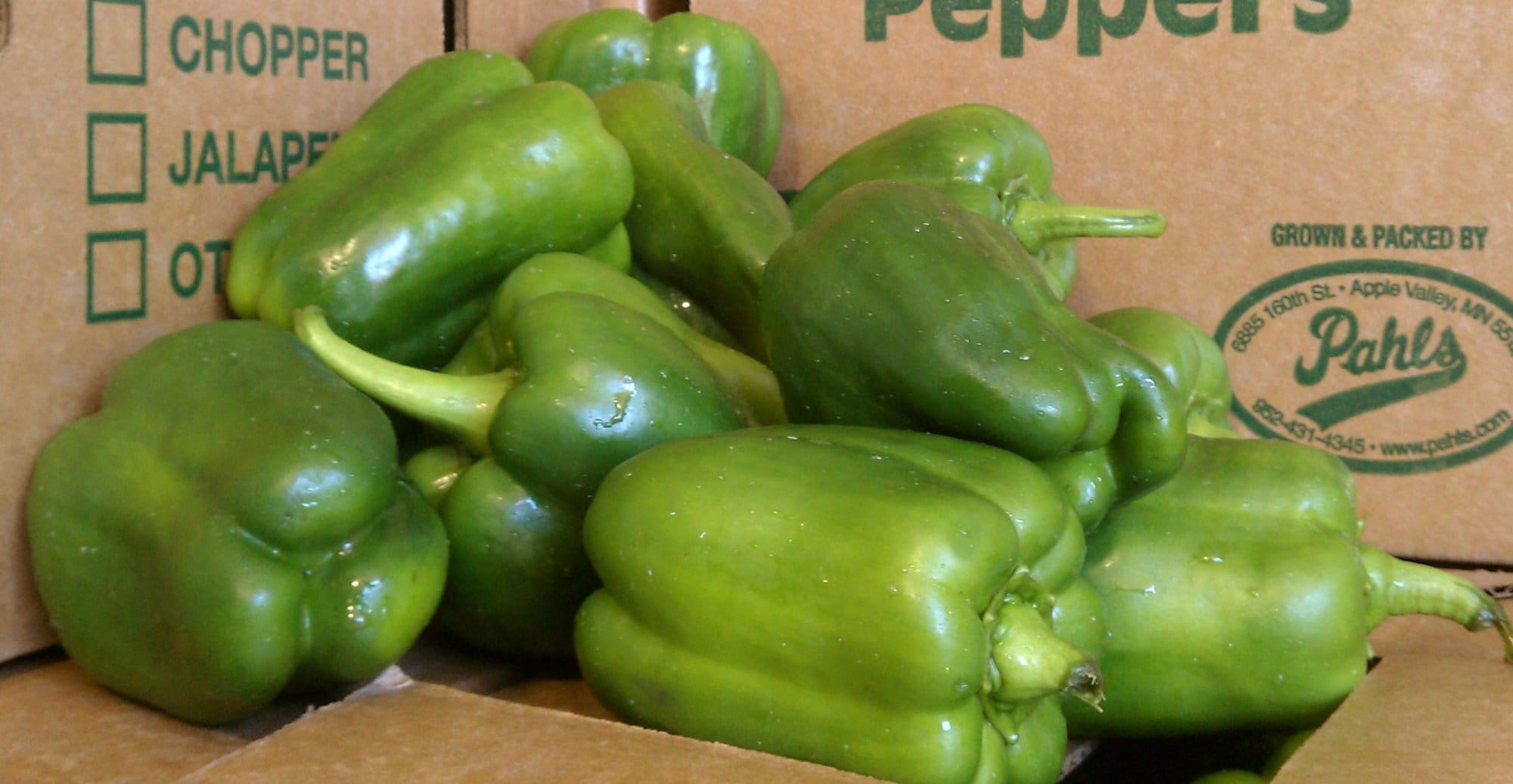

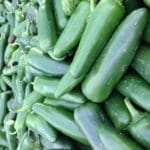
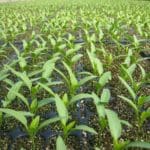
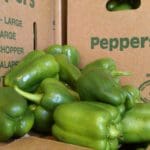
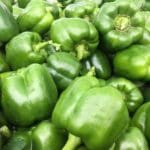
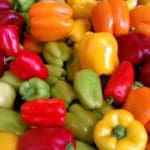

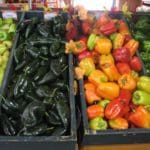

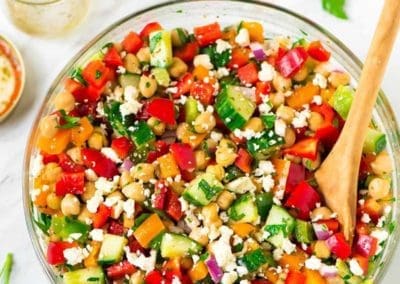
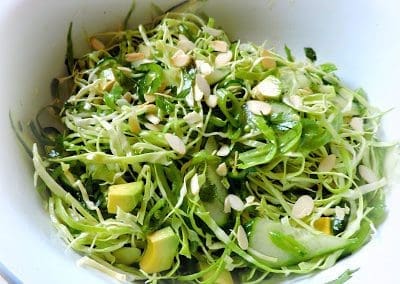
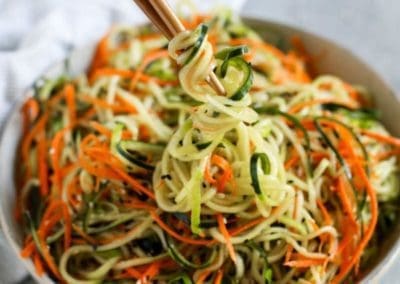
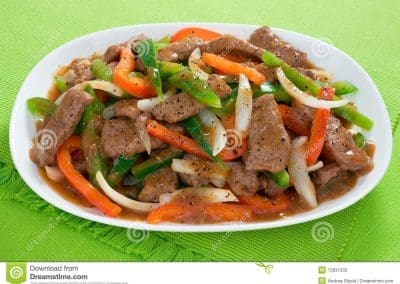
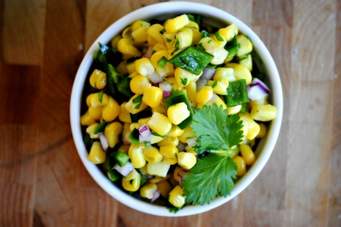
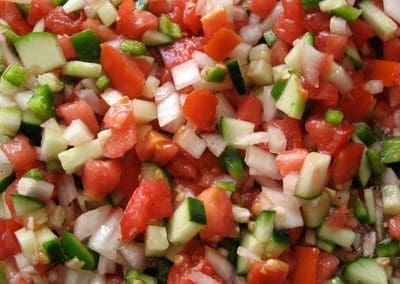

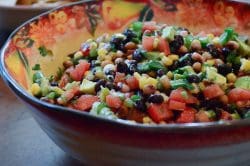
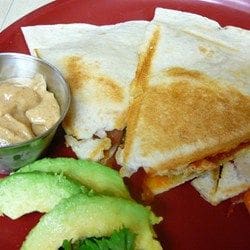
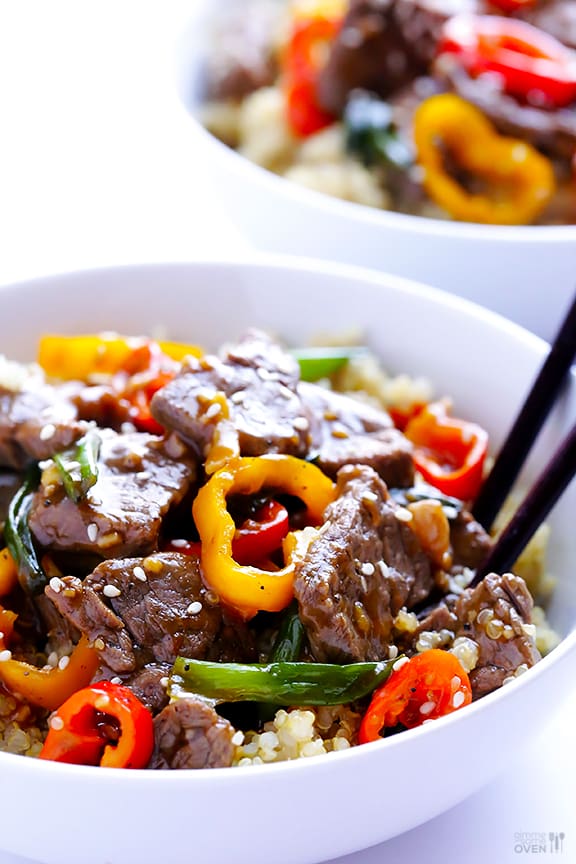

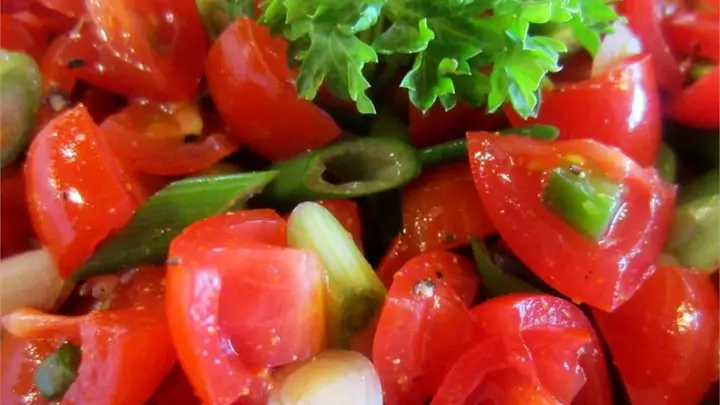



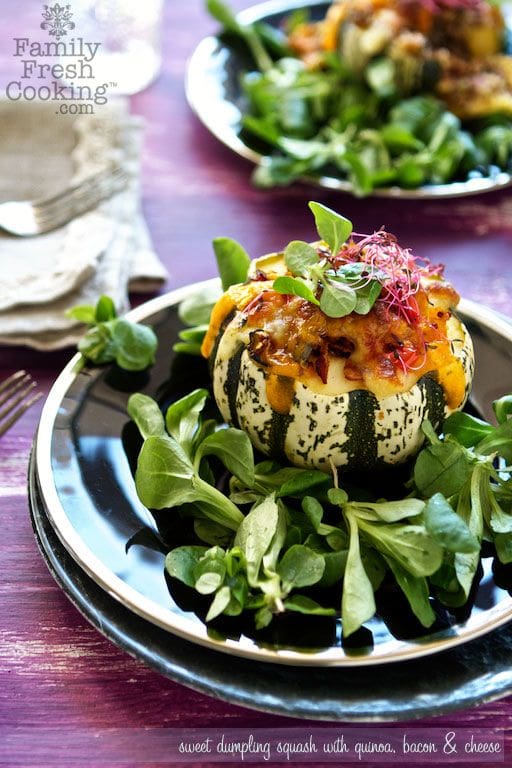




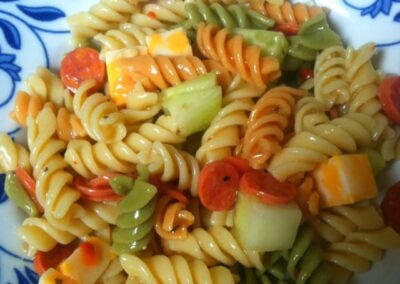

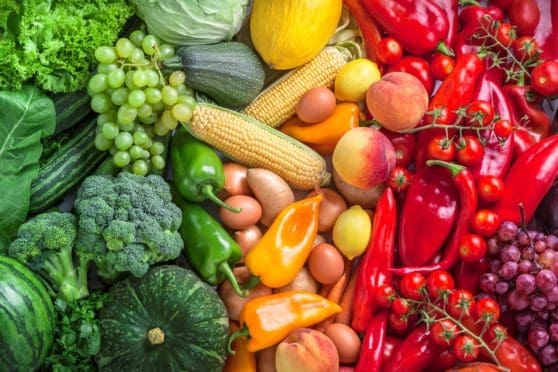

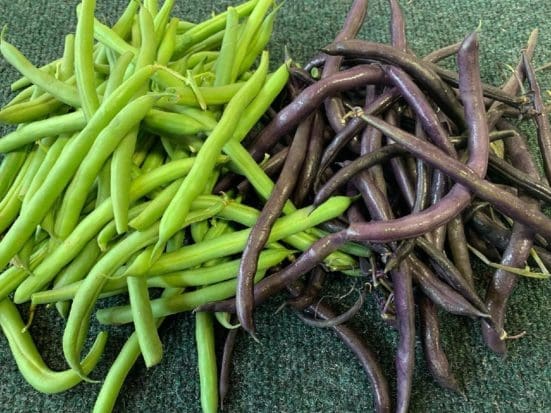

0 Comments